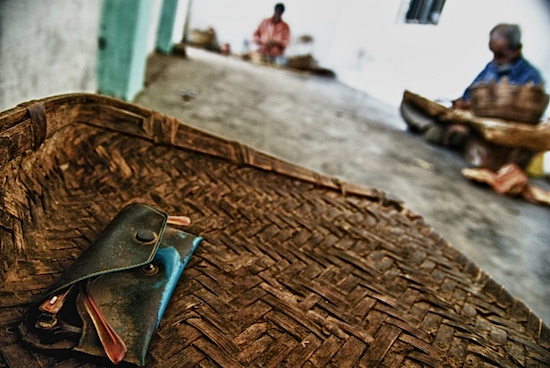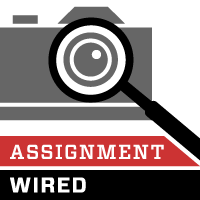 |
| Photo © Dibyangshu Sarkar—AFP/Getty Images |
It's less than a month to my forthcoming photo-expedition/workshop Kolkata's Cult of Durga Photo~Expedition & Workshop™, whose primary aim is to photograph the innumerable rites associated with the Durga festivities, documenting some of the ornate pandals (platforms on which the deities are displayed), and ultimately their immersion in the city's Hooghly river.
Coincidentally, Time's LightBox featured the above photograph of artisans work on semi-finished clay statues of the Hindu goddess Durga in Kumartuli, a neighborhood of Kolkata famed for its clay idols. It seems that ongoing monsoon rains have made it hard for idol makers to finish on schedule.
Also coincidentally, the Photo Blog of MSNBC has a gallery of photographs by AFP photographer Dibyangshu Sarkar , who paid a visit to Kumartuli, the village of the idol-makers in Kolkata.
It seems that in the past, wealthy families would invite the idol-maker artisan to their homes and fashion the idol there, instead of at a workshop. According to the narrator, "the most intriguing part would be the painting of the third eye of the Goddess. The artisan would sit in meditation sometimes for hours and then suddenly in one swift stroke of his paint brush, it would be done."
In April, I posted Chhandak Pradhan's The God Makers, a gallery also documenting the clay artisans of Kumartuli in Kolkata.
































